200以上 sinus rhythm with first degree av block 247729-Sinus rhythm with first degree av block
Seconddegree atrioventricular block (AV block) is a disease of the electrical conduction system of the heartIt is a conduction block between the atria and ventriclesThe presence of seconddegree AV block is diagnosed when one or more (but not all) of the atrial impulses fail to conduct to the ventricles due to impaired conductionNov 13, 19 · Firstdegree heart block In the mildest form, all electrical signals from the atria reach the ventricles, but the signal is slowed Firstdegree heart block rarely causes symptoms and usually needs no treatment if there's no other abnormality in electrical signal conductionLeftaxis deviation that occur in hyperkalemia are due to a intraventicular conduction delay, which causes a progressive widening of the QRS complex P wave also increases in duration and decreases in amplitude and, furthermore, other disorders may appear, such as AV blocks , sick sinus syndromes or junctional rhythms

Ekg Learn The 4 Types Of Atrioventricular Blocks Leveluprn
Sinus rhythm with first degree av block
Sinus rhythm with first degree av block-Firstdegree heart block, or firstdegree AV block, is when the electrical impulse moves through the AV node more slowly than normal The time it takes for the impulse toTherefore an abnormal ECG The stats were Vent rate 58 bpm;
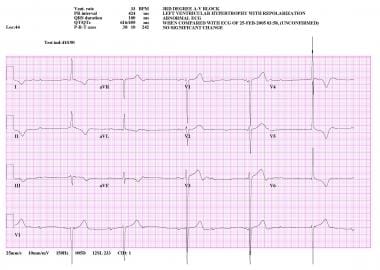



Third Degree Atrioventricular Block Complete Heart Block Background Pathophysiology Etiology
Rhythm analysis indicates normal sinus rhythm (NSR) with a 1st degree heart block This encounter displays a P wave of over 0 ms or one square away from the QRS, making it 1st degree heart block This condition represents a delay between atrial and ventricular conduction It is not considered dangerous, but can escalate to higher level blocksFirstdegree AV block, with a P–R interval greater than 0 ms, is rarely found in young, healthy adults during activity However, a longer P–R interval, and even Mobitz I (Wenckebach) block can be seen in young, wellconditioned individuals at rest and during sleepThe significant finding of this rhythm is a prolonged PR interval of more than seconds The underlying rhythm should be identified and named prior to claiming a first degree AV block For example, this rhythm is a normal sinus rhythm WITH a first degree AV block
Firstdegree AV block is a form of atrioventricular block that is quite common and is also usually benign The manifestation of this disorder involves a prolonged PR interval > 0 msec In this situation, all of the sinus impulses conduct to the AV node Although it requires no intervention, its presence can herald certain drug toxicitiesFirst Degree AV Block PR interval greater than 0 sec ( more than one large box) Junctional ( escape) Rhythm 4060 bpm Normal Sinus Rhythm Normal Sinus Rhythm Second Degree AV Block, Type 2 PR interval becomes progressively longer , until a P wave occurs without a QRS complex , after the pause the PR interval cycle starts again irregularSinus Rhythms Sinus Rhythms Dual Sinus Nodes Heart Transplant ECG;
Apr 07, 21 · Firstdegree atrioventricular (AV) block is a condition of abnormally slow conduction through the AV node It is defined by ECG changes that include a PR interval of greater than 0 without disruption of atrial to ventricular conduction This condition is generally asymptomatic and discovered only on routine ECGFirst Degree AV Block ECG (Example 5) Second Degree AV Block Type I (Wenkebach) ECG (Example 1)Dec 29, 15 · A first degree AVblock is said to be present when the PRinterval is greater than 0 ms in the setting of a sinus rhythm Figure 2 Sinus rhythm with first degree AVblock in a 16yo M s/p seizure The prolonged PRinterval is caused by a delay in conduction, usually within the AVnode but sometimes slightly above it in the atrial tissue or




Ekg Learn The 4 Types Of Atrioventricular Blocks Leveluprn




Pin On Nursing
FirstDegree Heart Block Also called firstdegree AV block is a disease of the electrical conduction system of the heart in which the PR interval is lengthened beyond 0 seconds This lengthening of the PR interval is caused by a delay in the electrical impulse from the atria to the ventricles through the AV nodeSeconddegree AV block TypeAnd PRT axes 45 64 72
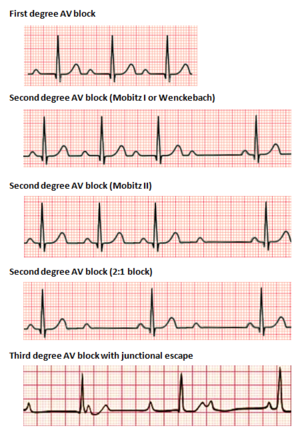



Heart Block Wikipedia
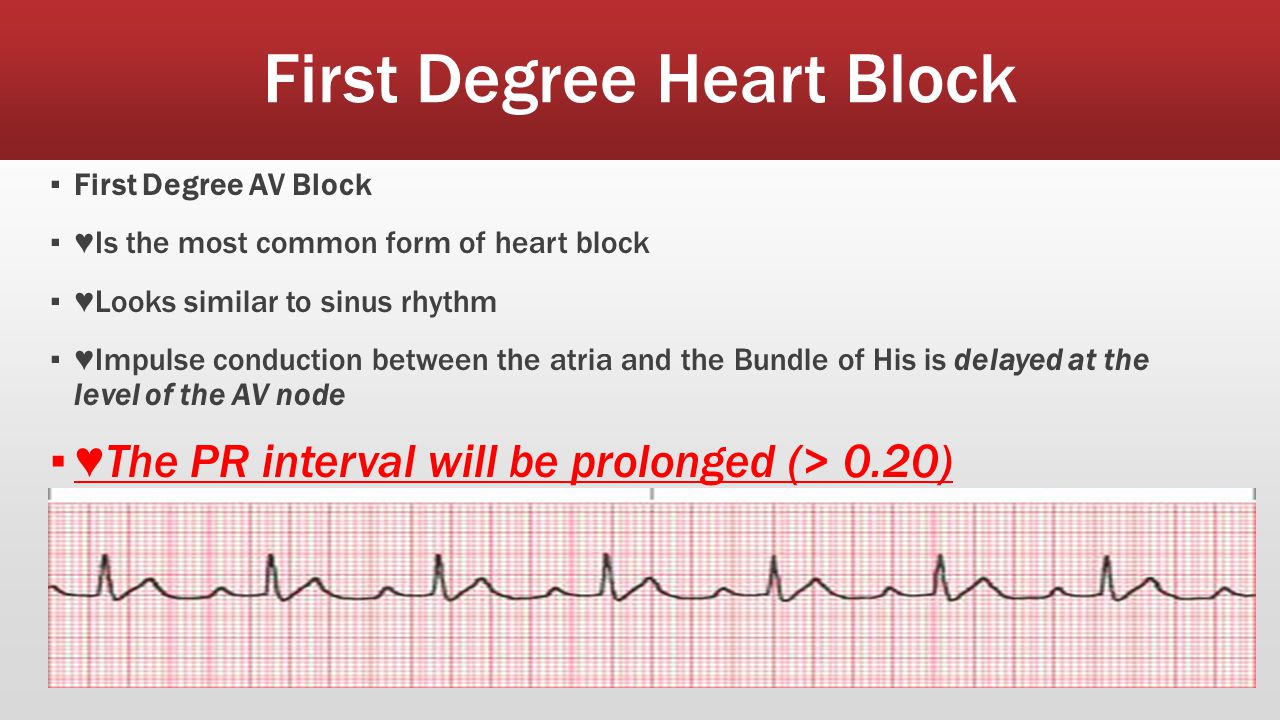



Cardiovascular Anatomy Physiology Ppt Download
Sinus Rhythm means you heart is beating at a steady consistent rate A first degree AV block means that the electrical signal that starts in the Atria (upper chambers) of the heart and is relayed to the Ventricles (lower chambers) of the heart, is taking too long to get there It's sometimes referred to on the EKG as a prolonged PR timeFirstdegree heart block is a condition in which the wiring of the heart is slow to send electrical signals but all of the signals are able to pass successfully There is no electrical block but rather a slowing or delay of the signal It usually does not cause problems Often it does not need treatmentCardiac ischaemia or infarction, and sinus rhythm with first degree AV block was again present In this patient first degree AV block (PR interval greater than 02 seconds) had been documented over thc preccding 32 years (Fig I), having first been observed during rheumatic fever at age 18 The duration of the PR interval




Test 1 Pneumo Arrhythmias Vents Hemodynamics Blood Transfusion Flashcards Quizlet



Heart Blocks First Second And Third Degree Deranged Physiology
Jan 06, · For patients with marked firstdegree AV block (PR interval > 300 msec), however, several uncontrolled trials have demonstrated symptomatic improvement with placement of a dualchamber pacemaker,Jan 14, · An escape rhythm, while lifesaving, is often unreliable for prolonged periods of time In general, the higher the degree of heart block, the more likely the need for a pacemaker Pacemakers are almost always required with thirddegree block, often with seconddegree block, but only rarely with the firstdegree blockSep 01, 14 · Sinus rhythum indicates normal rhythum of heaart because sinus node give current to heart that is normal and termed as sinus rhythum Ist degree heart block or AV block can be normal or it can be abnormal such as in patients having heart attack




First Degree Heart Block Youtube




First Degree Heart Block Litfl Ecg Library Diagnosis
PR interval 210 ms;Apr 21, 13 · ECG BASICS Sinus Bradycardia With Firstdegree AV Block TODAY, we are starting a new feature on the ECG GURU ECG BASICS will provide rhythm strips and 12leads for your beginner or refresher students It can be discouraging to the entrylevel student to see only intermediate or advanced material and not understand itIn some instances a more prolonged recording of the heart rhythm is necessary (24hour Holter monitor) Finally, in certain cases a stress test may be helpful to evaluate electrical conduction during exercise




First Degree Av Block
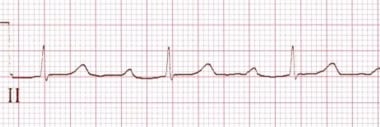



Atrioventricular Block Practice Essentials Background Pathophysiology
In patients with thirddegree AV block, if the rate of the junctional escape rhythm is similar to that of the sinus rate, an appearance of sinus rhythm with intact AV conduction may be possible In most of these cases, with a long enough rhythm strip, the lack of a relationship between the sinus beats and the QRS complexes will become apparentFeb 27, · There are three different levels of AV block, including Firstdegree You'll have a delay in electrical signals Your heartbeat won't get blocked, but itJul 14, 15 · 1 st Degree AV Heart Block The picture above will help illustrate to you what I am talking about The big thing you need to take away from this rhythm is that it looks normal (like normal sinus rhythm) BUT it has a secret Note the PR interval on the strip It is much longer than a normal PR interval




Third Degree Complete Av Block The Premier Ekg Resource For Medical Professionals Ekg Md Dr Anthony Kashou




Question 74 المهم ہم السلام Avr ململ ملمعلم الميا Svl Chegg Com
Jun 13, 16 · Firstdegree AV block produces no symptoms and requires no treatment Because firstdegree heart block can progress to a higher degree of AV block under certain conditions, the rhythm should continue to be monitored until the block resolves or stabilizes Drugs causing AV block should be reviewed and discontinued if indicatedCardiac pacemaker • SA node • AV node• Bundle of His • Purkinje fibers • Sinus bradycardia • First Degree AV Block • Second Degree AV Block • Complete or ThirdDegree AV Block • Concealed conduction • AV Junctional Rhythms • LBBB • LAHB • LPHB • RBBB • Trifascicular blockShe only took a reading for less than a minute and I was done The test results came back showing Sinus Brachycardia with 1st degree AV block and possible Inferior Infarction, age undetermined;




First Degree Vs Second Degree Vs Third Degree Av Block




Atrioventricular Av Heart Block Cardiovascular Medbullets Step 2 3
May 28, · Firstdegree atrioventricular (AV) block, or firstdegree heart block, is defined as prolongation of the PR interval on an electrocardiogram (ECG) to more than 0 msec In firstdegree AV block, every atrial impulse is transmitted to the ventricles, resulting in a regular ventricular rate Click to see full answerFeb 13, 16 · Third degree AV block with ventricular escape rhythm at a rate of 24 The patient suddenly regained consciousness A rhythm change was noted on the monitor Another 12lead ECG was obtained Sinus rhythm with a rate of 60 First degree AV block with a PR interval of 8 ms The QRS is wide at 152 ms There is a terminal Rwave in lead V1About Press Copyright Contact us Creators Advertise Developers Terms Privacy Policy & Safety How works Test new features Press Copyright Contact us Creators



Lms Rn Com Getpdf Php 1804 Pdf




First Degree Atrioventricular Av Block Ekg Ecg Ankara Kardiyoloji Kalp Hastaliklari Mete Alpaslan Doktorekg Com
You might hear your doctor call this "atrioventricular (AV) block" It can come in several types First degree is the mildest and may not even cause symptoms Third degree is the most seriousQRS duration 102 ms;Jan 31, 10 · Sinus bradycardia with first degree AV block Sinus bradycardia is evident from the long RR interval of 1280 ms, corresponding to a heart rate of 47 per minute PR interval is also prolonged at about 3 msec




Atrioventricular Block Wikiwand
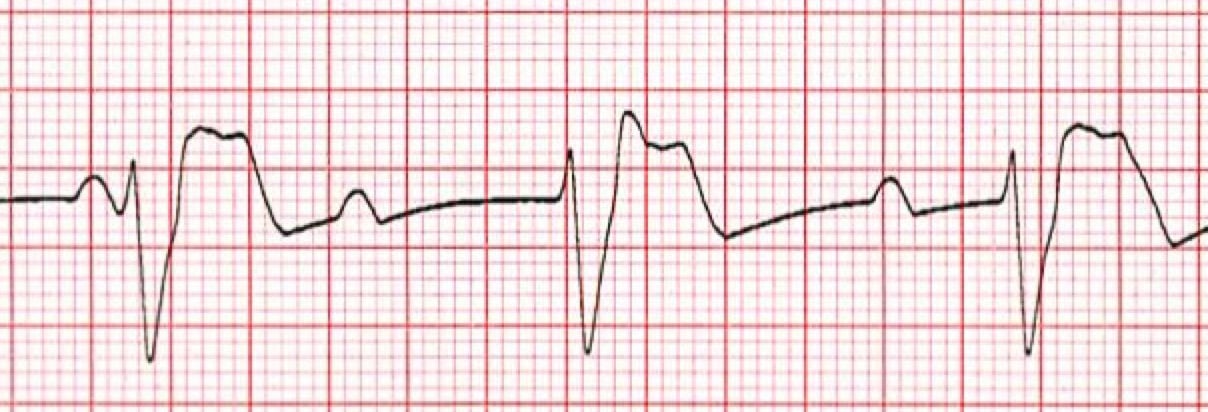



Atrioventricular Blocks Training Acls Cardiac Rhythms Video Proacls
Apr 03, 12 · The mildest form of heart block is 1st degree heart blockthe electrical impulse is passing through the heart but it is simply slowed down at the AV node Many people with this have no symptoms If symptoms occur, dizziness, fatigue and chest pain may be symptoms (although these usually occur with more severe types of heart block)2 days ago · The PR interval is normally 01 seconds or 1 to 0 milliseconds A PR interval consistently longer than 0 seconds (greater than 5 smallAccording to the American Heart Association/American College of Cardiology and the Heart Rhythm Society (AHA/ACCF/HRS) recommendations (09), nonspecific intraventricular conduction delay is defined by "a QRS duration greater than 110 ms in adults, greater than 90 ms in children 8 to 16 years of age, and greater than 80 ms in children less




Pin On School S In Session
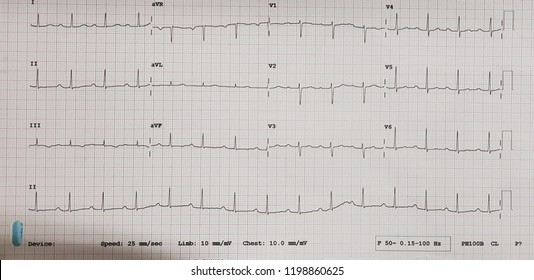



At With First Degree Av Block High Res Stock Images Shutterstock
Oct 14, 18 · EKG change 1st deg Heart blockmild form of electrical conduction delay from atrial to the ventricles Sinus tachycardiafast heart rate (>100/min) in normal (sinus) rhythm Biatrial enlargement Bigger than expected, of upper two chambers, each one called atrium) Rightward axis the net electrical force of the heart directed toward right, normally its to the leftOct 01, 08 · Normal Sinus Rhythm AVnode abnormality during anesthesia is some form of AVblock There are three main types 1st, 2nd, and 3rd degree blocks First degree block is rarely diagnosed (although likely occurs relatively frequently), and rarely is a problem because the manifestation is simply a longer delay between the normal coupling ofDec , · The rhythm is SINUS ARRHYTHMIA WITH SECONDDEGREE AV BLOCK, TYPE II There is also firstdegree AV block There are more P waves than QRS complexes, with a 32 ratio The atrial rate varies between 55 68 beats per minute The sinus rate speeds slightly after the dropped QRS in each group
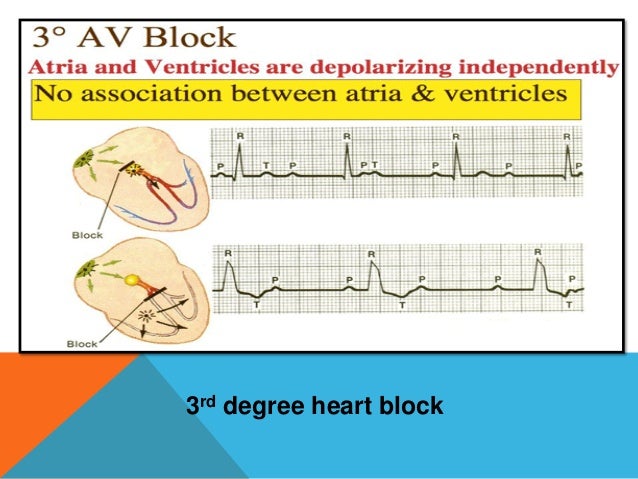



Heart Block With Nursing Management




First Degree Heart Block Acls Algorithms Com
Firstdegree AV block is an abnormal delay in conduction through the AV node This type of AV block is a disturbance in the conduction between the normal sinus impulse and its eventual ventricular response This manifests as a prolonged PR interval on ECG Meanwhile, the heart is maintained in sinus rhythm, with a normal QRS configurationMar , 21 · Sinus Rhythm with 2nd or 3rd degree AV Blocks Atria are depolarizated by sinus node, but some (2nd degree AV block) or all (complete AV Block) stimuli are not conducted to the ventricles In 2nd degree AV block not all sinus P waves are followed by QRS complexes because there is an intermittent failure of the AV conductionNov , · A delay in conduction in this system results in an atrioventricular conduction block or a prolongation of the PR interval on ECG Conduction blocks are classified as either firstdegree block, seconddegree block, or thirddegree block The seconddegree atrioventricular block is the focus of this activity




First Degree Atrioventricular Av Block Ekg Ecg Ankara Kardiyoloji Kalp Hastaliklari Mete Alpaslan Doktorekg Com




Progressive First Degree Atrioventricular Block As A Warning Sign For Perioperative Bradyarrhythmia Journal Of Cardiothoracic And Vascular Anesthesia
AV blocks are caused by a disruption of the electrical conduction system through the AV node Some AV blocks may be present in healthy children The identification of the specific AV block will help direct the care of the child See the following pages for an overview of each specific AV block Firstdegree AV block;Nov 07, · Example 1 Marked first degree heart block PR interval > 300 ms, P waves are buried in the preceding T wave Example 2 Sinus bradycardia with 1st degree AV block PR interval > 300 ms Example 3 Normal sinus rhythm with 1st degree AV block PR interval 260 msView 6 Bradycardiapptx from NURSING MEDS SURG at University Of Georgia BRADICARDIA IN ADULTS & CHILDREN Lela Tabidze, MD 19 year SINUS BRADYCARDIA Sinus bradycardia is a sinus rhythm with a




Second Degree Atrioventricular Block Wikipedia
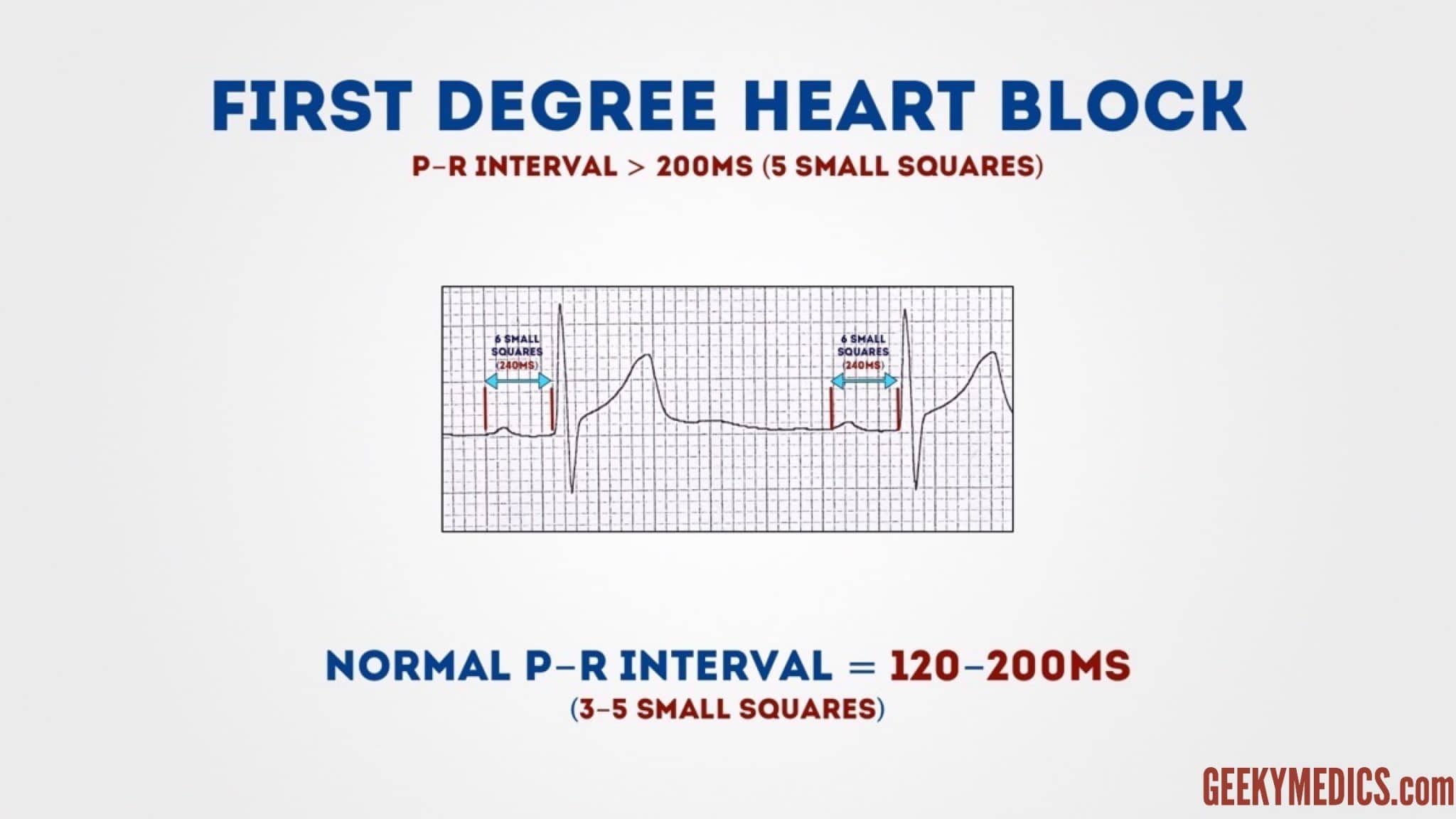



Atrioventricular Block Heart Block Geeky Medics
If the ECG displays firstdegree AV block (PR interval ≥0,22 s) along with wide QRS complexes (QRS duration ≥0,12 s) there is a high probability thatFirstdegree AV block in and of itself does not produce any symptoms Evaluation usually includes an electrocardiogram (ECG);




Third Degree Atrioventricular Block Complete Heart Block Background Pathophysiology Etiology




First Degree Atrioventricular Block An Overview Sciencedirect Topics




3rd Degree Av Block Ecg 1 Learntheheart Com




Third Degree Av Block 3rd Degree Av Block Av Block 3 Av Block Iii Ecg Echo
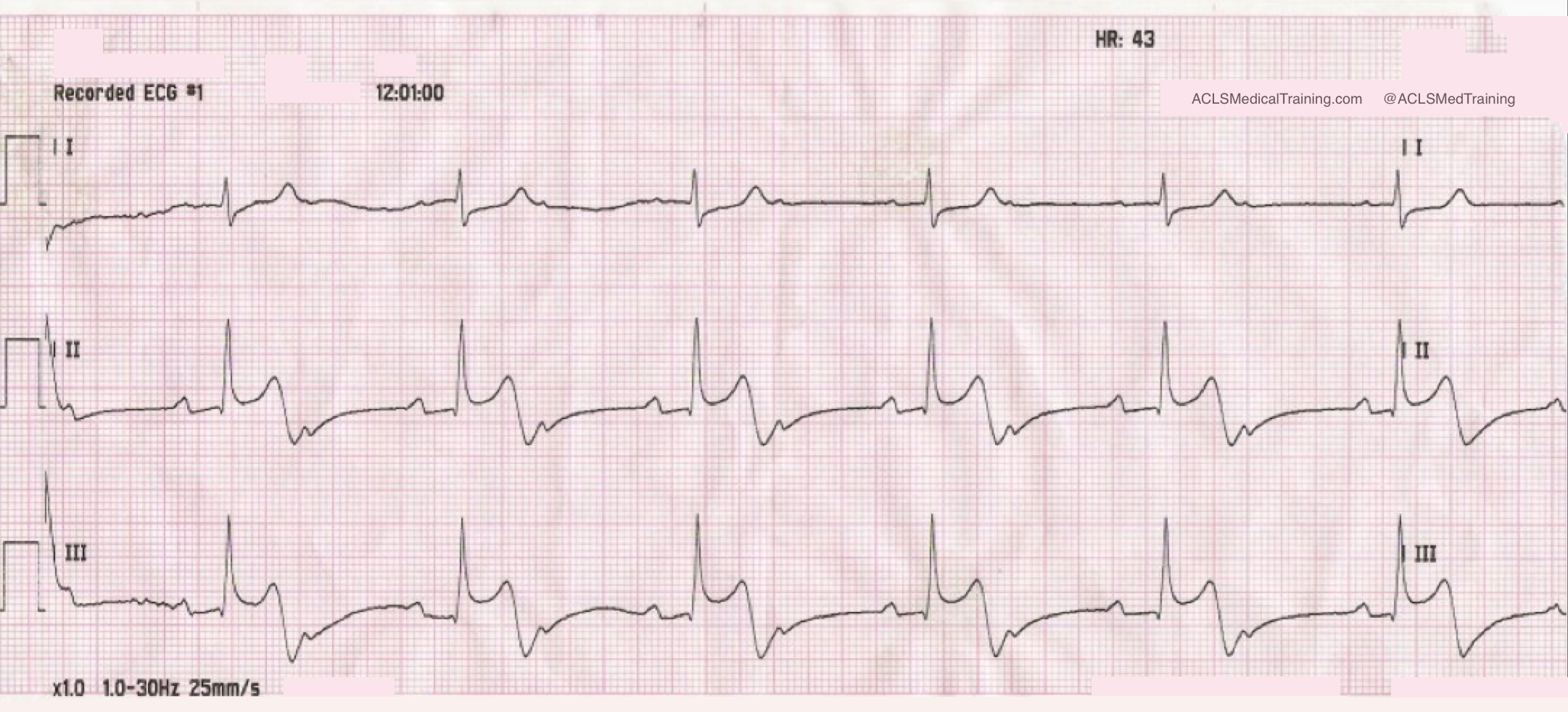



Syncope With Acute Inferior Stemi And 3 Different Av Blocks Acls Medical Training



The 12 Rhythms Of Christmas First Degree Av Block Ems 12 Lead




Disturbances Of Atrioventricular Conduction Park S Pediatric Cardiology For Practitioners 6th Ed




Rhythm Recognition Acls Medical Training




Atrioventricular Block Basic And Bedside Electrocardiography 1st Edition 09




Ecg Sinus Rhythm 1st Degree Av Block Left Bundle Branch Block Download Scientific Diagram



The 12 Rhythms Of Christmas First Degree Av Block Ems 12 Lead




The Ekg Guy Rhythm Challenge Learn How To Distinguish




L3qxb8smidjdym




First Degree Atrioventricular Block An Overview Sciencedirect Topics




How To Tell The Difference Between Av Heart Blocks 1 Degree Wenckebach Mobitz Ii Third Degree




Acls Symptomatic Bradycardia




Atrioventricular Blocks Av Blocks Ecg Diagnosis Grepmed
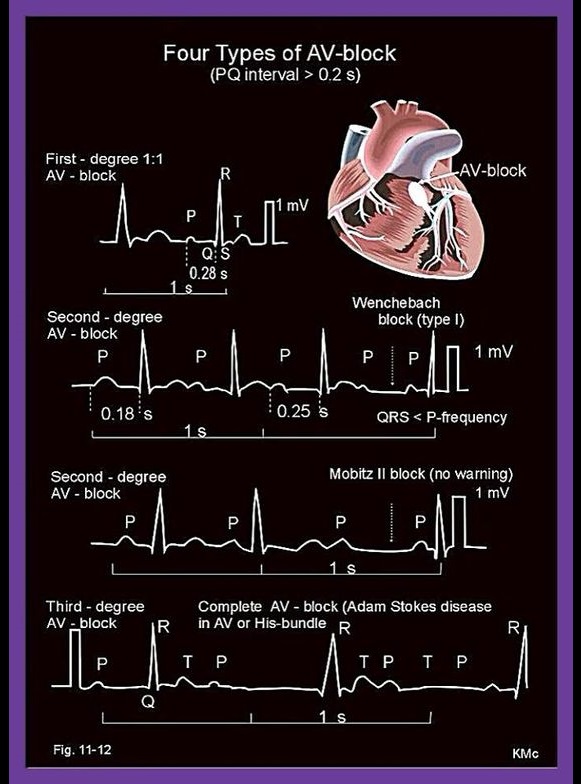



Ecg Heart Block Rhythms Four Types Of Atrio Ventricular Av Block Nclex Quiz
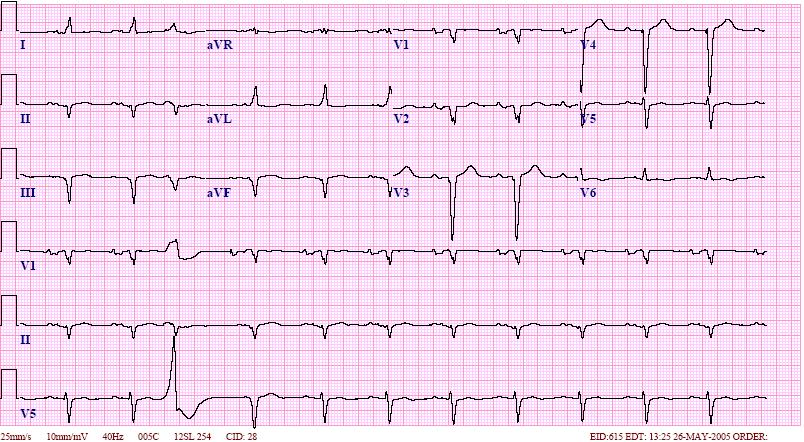



Learntheheart Com Ar Twitter Ecg Findings Sinus Rhythm Left Atrial Enlargement P Mitrale Lbbb 1st Degree Av Block Pvc Ecg Usmle



The 12 Rhythms Of Christmas First Degree Av Block Ems 12 Lead
.jpg)



Atrioventricular Block




Ecg Learning Center An Introduction To Clinical Electrocardiography
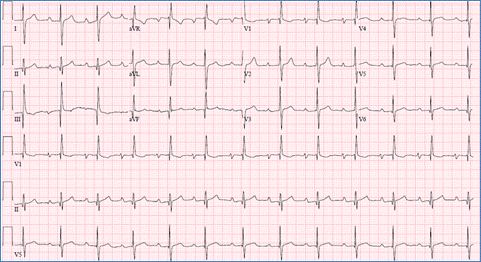



Arrhythmias




First Degree Av Block Pediatric Heart Specialists




이달의 심전도
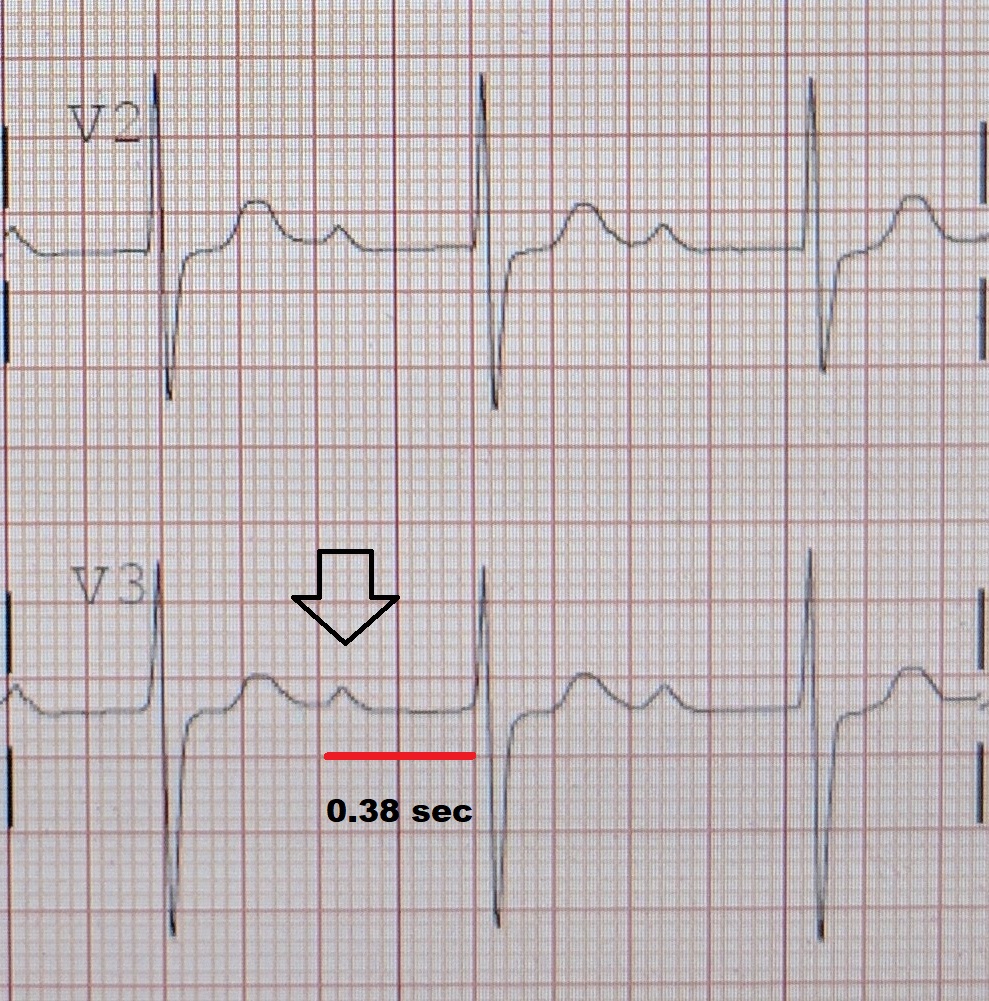



First Degree Atrioventricular Block Wikipedia




Atrioventricular Block




First Degree Av Block 4 3 Second Degree Atrio Ventricular Heart Block Download Scientific Diagram




First Degree Av Block Ekg Ecg Interpretation Youtube




Cv Physiology Abnormal Rhythms Definitions
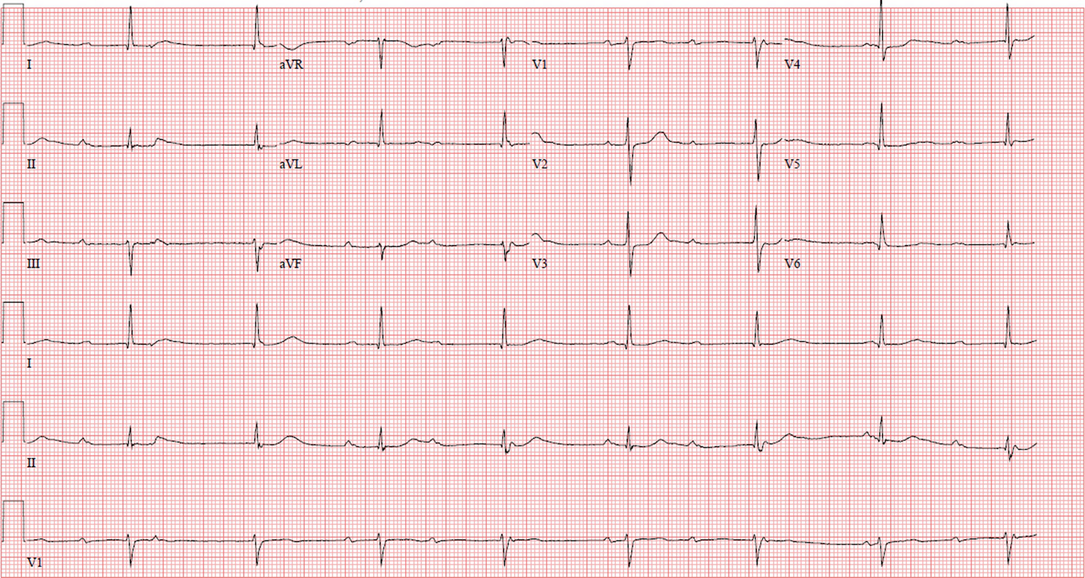



Bradyarrhythmias And Av Block Springerlink
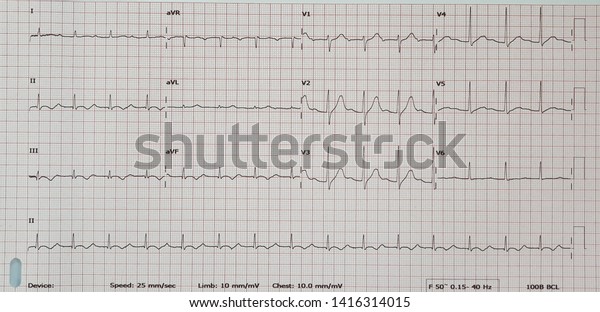



First Degree Av Block Sinus Rhythm Stock Photo Edit Now




Evaluation And Treatment Of Av Block And Intraventricular Conduction Disturbances The Cardiology Advisor




Ecg Sinus Rhythm First Degree Atrioventricular Block St Depression In Download Scientific Diagram
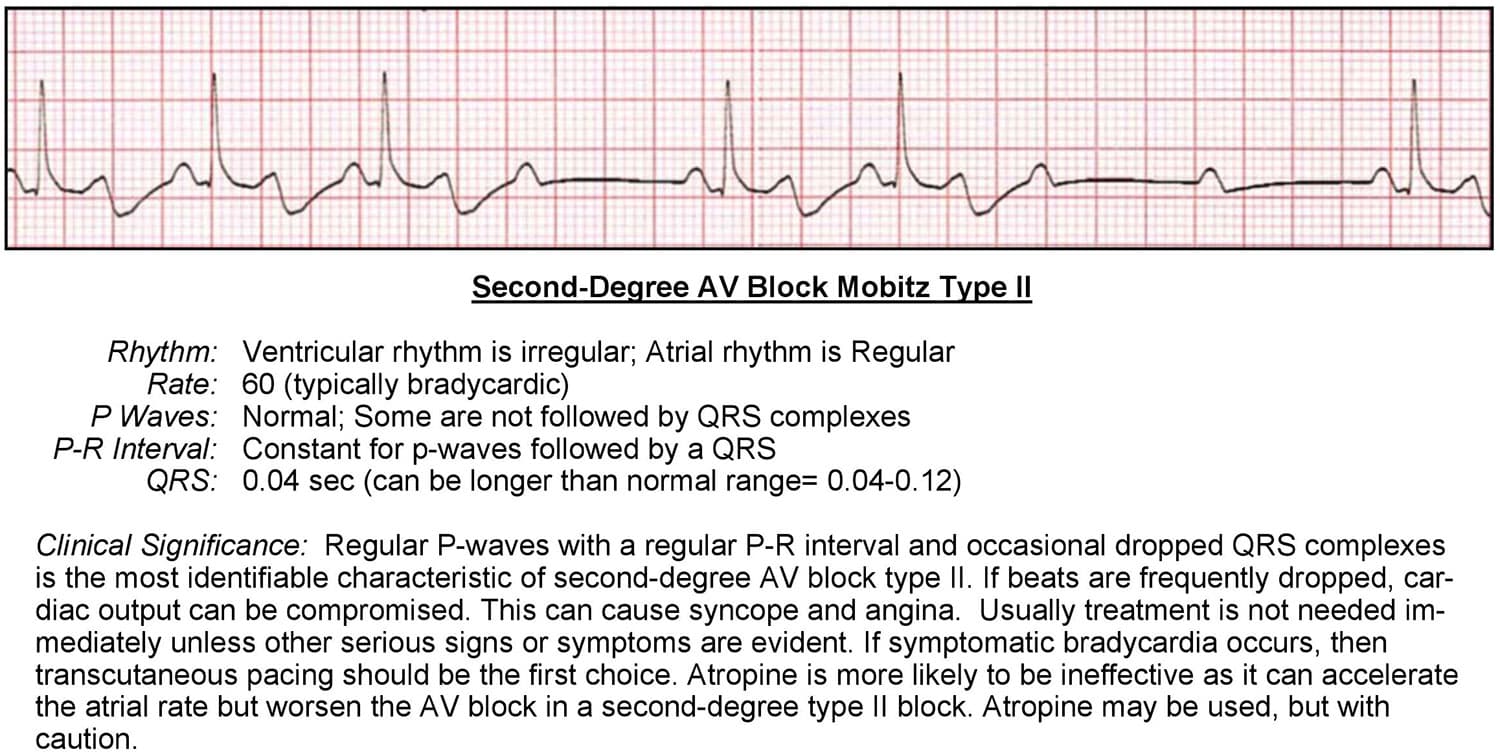



Atrioventricular Blocks Acls Wiki




Cv Physiology Abnormal Rhythms Definitions




Cardiovascular Medicine Bradyarrhythmias




Ecg Interpretation Of Arrhythmias Tusom Pharmwiki
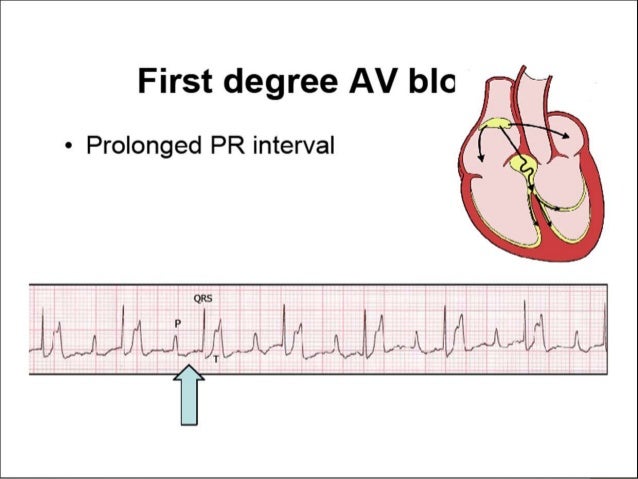



Heart Block




First Degree Heart Block Acls Algorithms Com




Third Degree Atrioventricular Block Wikiwand




Atrioventricular Block Cardiovascular Disorders Msd Manual Professional Edition




Rhythm Identification Ppt Download
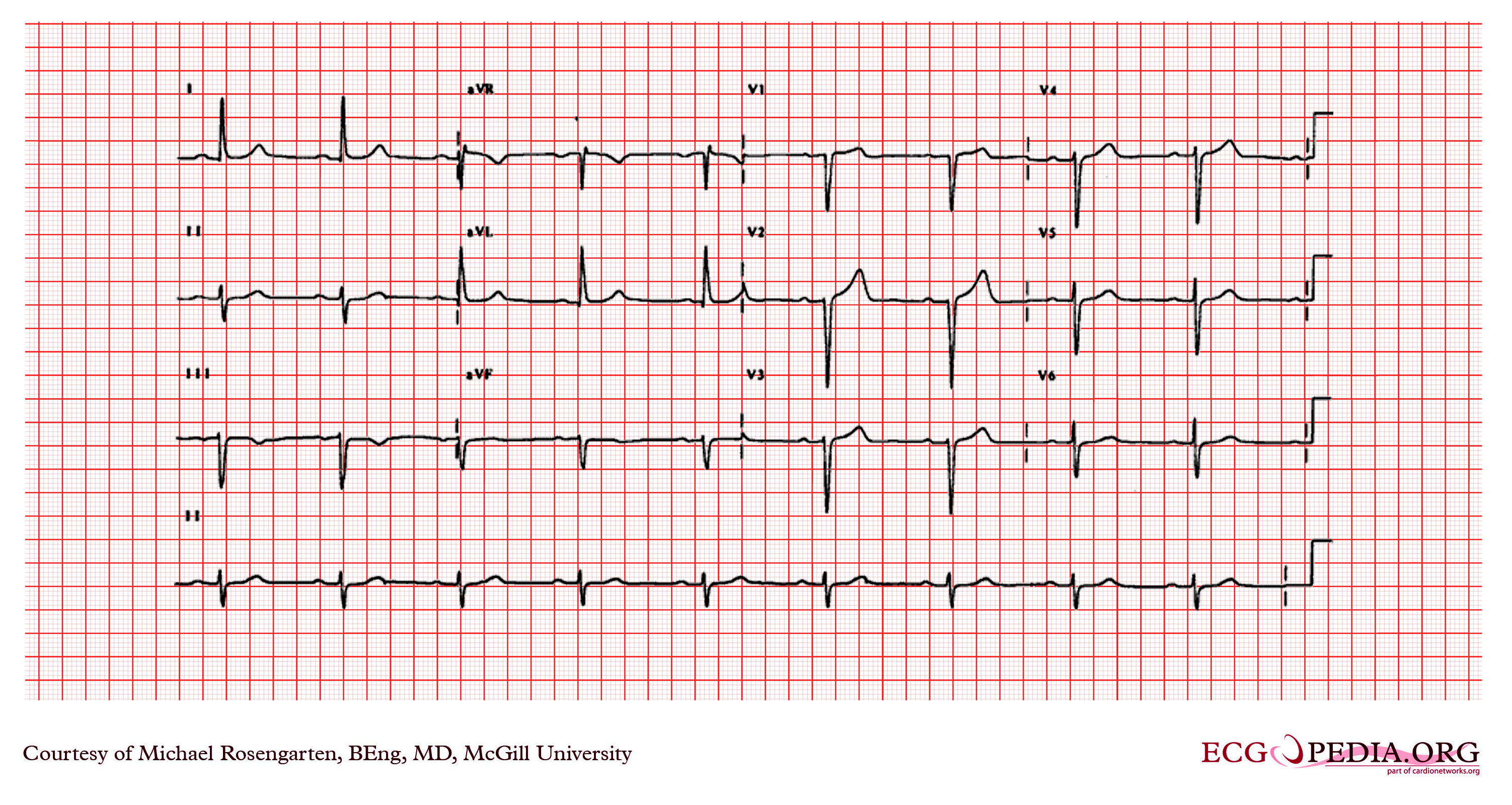



First Degree Av Block Ekg Examples Wikidoc
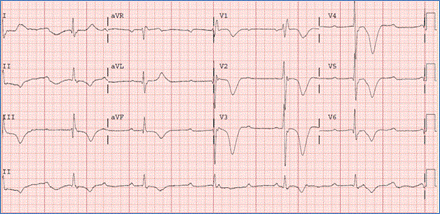



Arrhythmias



1




Paroxysmal Atrioventricular Block Induced By A Single Ventricular Premature Beat In The Absence Of Overt Atrioventricular Conduction System Disease Circulation Arrhythmia And Electrophysiology




Atrioventricular Block Heart And Blood Vessel Disorders Msd Manual Consumer Version




First Degree Heart Block Litfl Ecg Library Diagnosis



The 12 Rhythms Of Christmas First Degree Av Block Ems 12 Lead




Case B5 Second Degree Av Block Mobitz Type I Or Wenckebach Block St Emlyn S Ecg Library St Emlyn S



Av Blocks




Case B4 First Degree Av Block St Emlyn S Ecg Library St Emlyn S
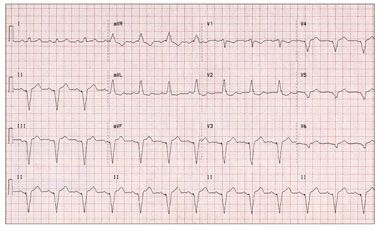



Too Much For The Computer Complete Heart Block In An Elderly Woman




19 The Basis Of Ecg Diagnosis



1




First Degree Atrioventricular Block Ecg Youtube




Understanding Atrioventricular Blocks Careercert



Av Blocks




How To Recognize Treat Heart Block Jems




Lbbb With First Degree Av Block



Q Tbn And9gcsztx Yiup6dgjcscknsguogls0mjbhalqbp1auz2 K1yzjb3ef Usqp Cau
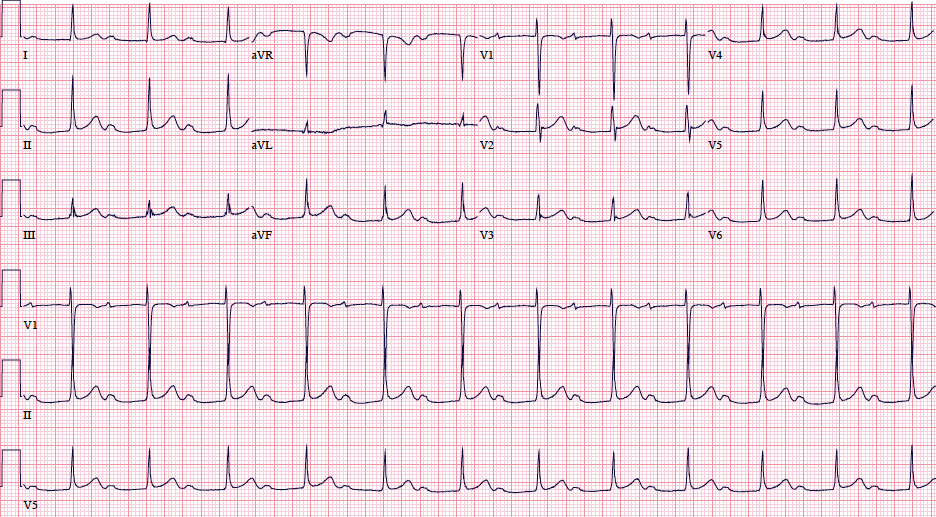



Umem Educational Pearls University Of Maryland School Of Medicine Department Of Emergency Medicine
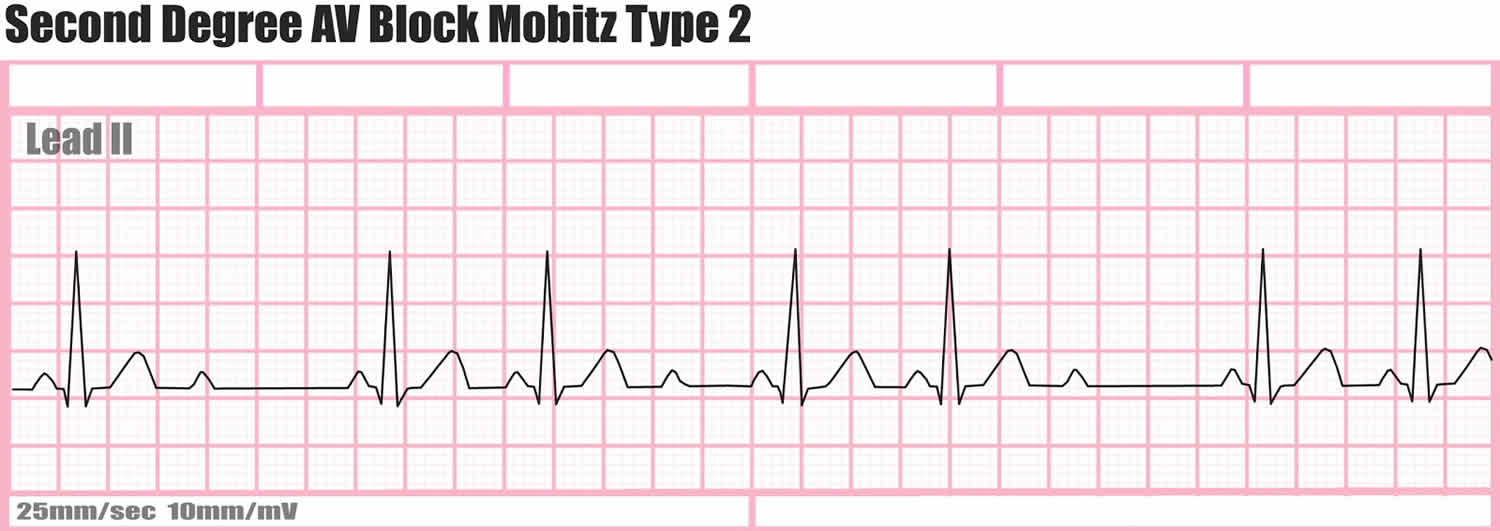



Heart Block Causes Symptoms Types Diagnosis And Heart Block Treatment



Section 11 Av Heart Blocks




First Degree Av Block And Sinus Pause Ecg Quiz Answer
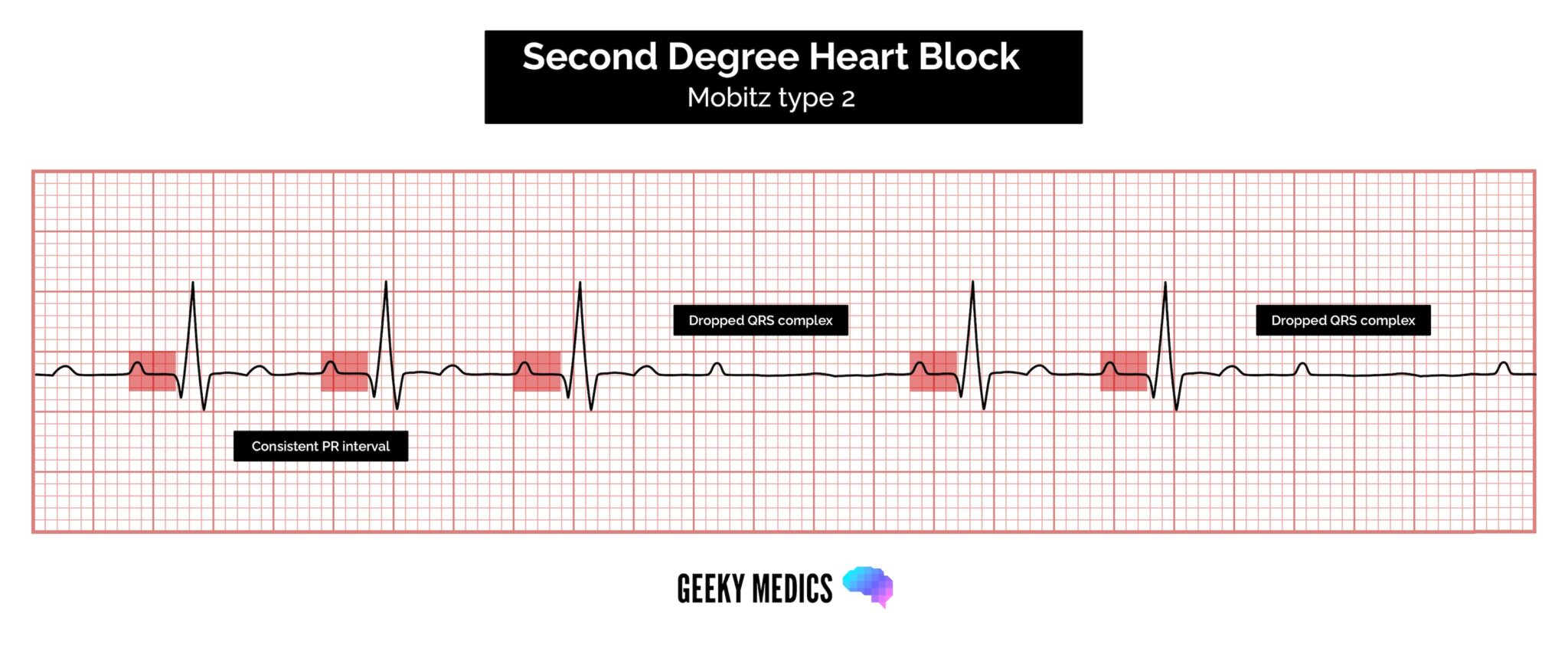



Atrioventricular Block Heart Block Geeky Medics




Heart Block Causes Symptoms Types Diagnosis And Heart Block Treatment




Atrioventricular Blocks Training Acls Cardiac Rhythms Video Proacls




Electrocardiogram Showing First Degree Atrioventricular Block With Pr Download Scientific Diagram



1




Heart Block An Overview Sciencedirect Topics




First Degree Av Block Av Block I Av Block 1 Ecg Echo



Section 11 Av Heart Blocks




First Degree Heart Block Litfl Ecg Library Diagnosis
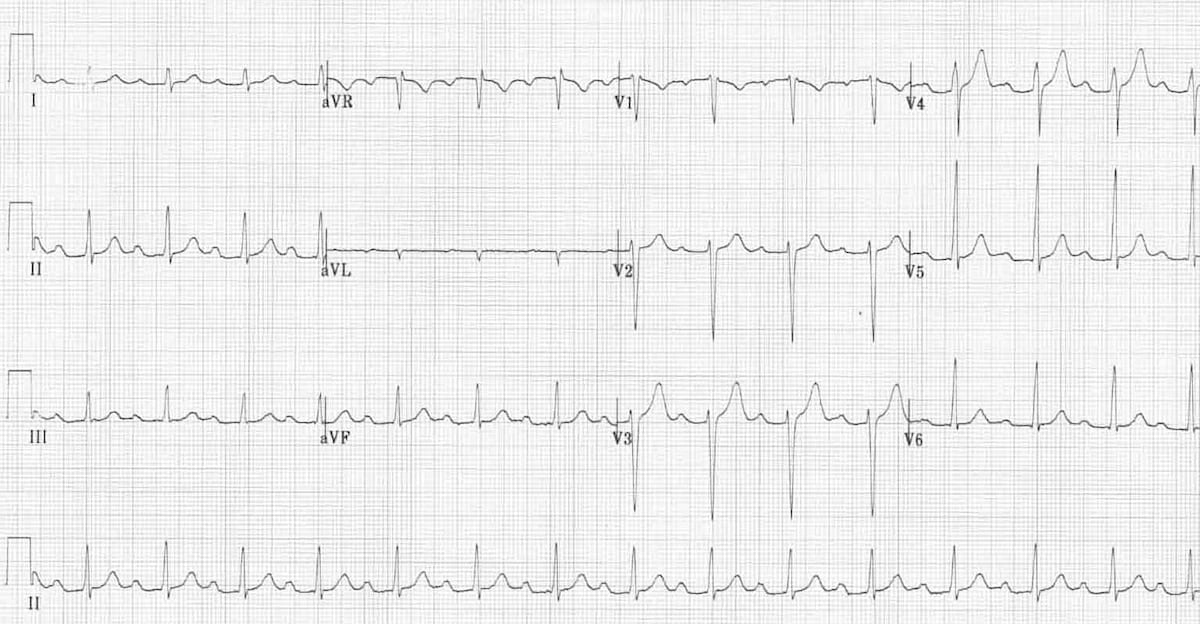



First Degree Heart Block Litfl Ecg Library Diagnosis



Bifascicular Blocks What You Need To Know Ecg Medical Training




First Degree Av Block Ekg Examples Wikidoc


コメント
コメントを投稿